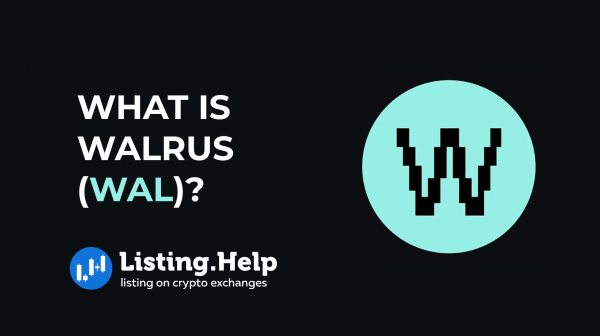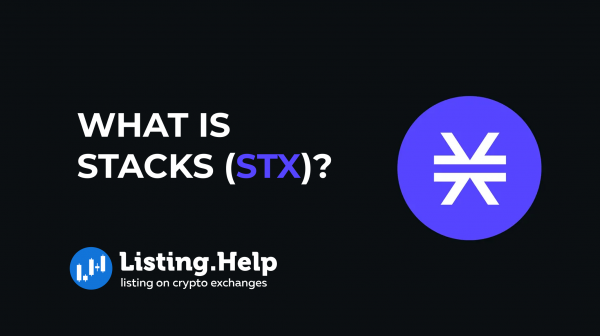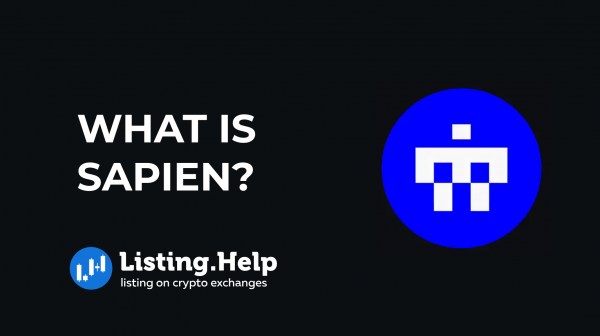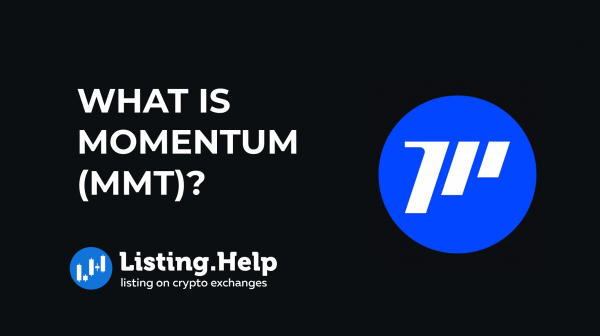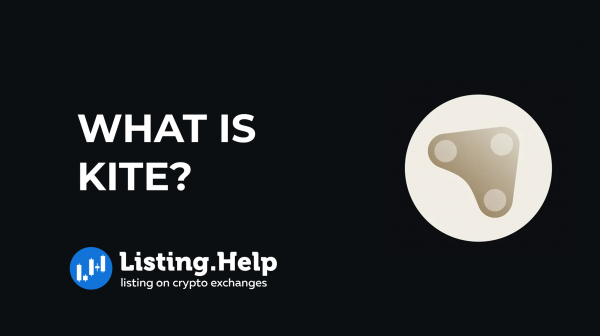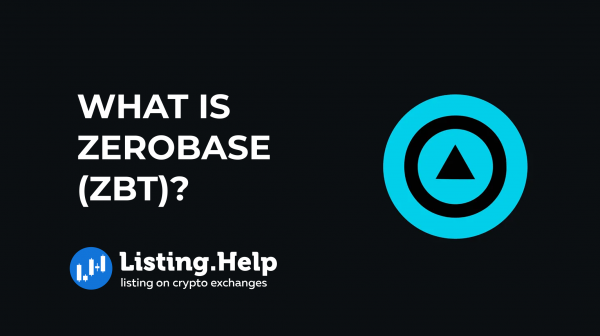What is Sonic (S)?
 September 17, 2025
September 17, 2025 Updated: September 17 2025, 07:03
Updated: September 17 2025, 07:03
LEAVE A REQUEST
Launching your own token project? Our experts are ready to help with listing on exchanges, market making, marketing and other solutions
SUBMIT APPLICATIONSonic is an EVM-compatible Layer 1 blockchain built with a specialized consensus system that emphasizes high throughput, security, and scalability. The network can reportedly handle up to 400,000 transactions per second (TPS) with confirmation times of less than a second, making it a strong fit for areas like decentralized finance (DeFi).
Released in December 2024, Sonic succeeds the Fantom Opera network with both technical upgrades and a refreshed identity. During the transition, Fantom users were able to swap their FTM tokens for Sonic’s native S token on a one-to-one basis. The S token powers transaction fees, staking, validator activity, and governance.
How Sonic Works?
Consensus mechanism
Sonic’s system combines Proof of Stake (PoS), asynchronous Byzantine Fault Tolerance (ABFT), and a directed acyclic graph (DAG).
Proof of Stake (PoS)
Validators stake tokens to secure the network. Misbehavior can lead to penalties. Their duties include gathering transactions, packaging them into groups, and distributing them across the network.
Asynchronous Byzantine Fault Tolerance (ABFT)
Here, validators don’t need to confirm transactions in a strict sequence. Once most validators reach agreement, the transactions are confirmed, ordered, and recorded permanently on Sonic’s blockchain.
Directed Acyclic Graph (DAG)
Instead of handling one block at a time, Sonic’s validators can process multiple transaction sets simultaneously. This parallel design improves throughput and allows the network to finalize transactions in roughly 2 seconds.
Database storage
Sonic manages data with two types of databases. LiveDB keeps only the current state of the blockchain, while ArchiveDB holds the full historical record. Validators rely on LiveDB, which keeps their storage needs low, while archive nodes maintain complete history for those who need it.
To keep storage efficient, Sonic applies live pruning: outdated data is cleared from validator databases as the chain expands, without losing accuracy. This keeps the system lean while still preserving full history when required.
EVM compatibility
Sonic works seamlessly with the Ethereum Virtual Machine (EVM). Applications written for Ethereum can run on Sonic, and the network supports both Solidity and Vyper smart contracts. Developers can easily build or migrate projects, taking advantage of Sonic’s speed and scalability.
Key Features of Sonic
Sonic Gateway
The Sonic Gateway is the network’s native bridge, built to connect directly with Ethereum and give both developers and users smooth access to liquidity on each chain. It focuses on speed and security, with a fail-safe system in place to keep funds protected.
Transfers through the gateway follow three steps:
- Deposit: Tokens are deposited into the bridge. On Ethereum, this finalizes in about 15 minutes, while on Sonic it takes only a second.
- Heartbeat: Transactions move in batches called “heartbeats.” From Ethereum to Sonic, these occur every 10 minutes, and from Sonic back to Ethereum, every hour. A Fast Lane option lets users pay a fee to trigger a heartbeat instantly.
- Claim: Once the transfer is finalized, users can claim their tokens on the destination chain and use them in Sonic applications.
The system includes built-in recovery measures. If the bridge remains offline for 14 days, users can still reclaim their assets directly on Ethereum. This 14-day guarantee is fixed and cannot be overridden by Sonic Labs or anyone else, ensuring that users always stay in control of their funds.
Fee Monetization (FeeM)
With FeeM, developers keep 90% of the network fees generated through their applications. This model rewards builders directly for the activity they create, giving them a steady income stream without the need for extra tokens or separate networks.
Here’s how it works: whenever a transaction takes place, the fee is paid in S tokens. Validators secure the network and take 10% of the fee, while the remaining 90% is routed to a FeeM contract. Off-chain oracles track application gas usage, verify it on-chain, and then release rewards. The setup ensures that fees are distributed fairly and openly, with developer revenue tied to real usage on Sonic.
What is the S Token?
The S token is the foundation of Sonic’s economy. It serves multiple functions across the network:
- Gas fees: All transaction costs are paid in S.
- Staking: Holders can secure the chain by staking, either through delegation or by running validator nodes.
- Validator operations: Operating a validator requires at least 500,000 S. Validators earn rewards for processing transactions but face penalties for dishonest or incorrect behavior.
- Governance: Token holders have voting power, allowing them to shape upgrades and guide the protocol’s future.
- Ecosystem growth: Sonic distributes S through recurring airdrops, rewarding users who provide liquidity and interact with DeFi platforms and games.
The S token is listed on many platforms, including LBank, HTX, Bitfinex and Bithumb. If you’re looking to list your token on similar platforms, understanding the token listing process and crypto exchange listing fees is essential.
Conclusion
Sonic is an EVM-compatible Layer 1 blockchain built for high performance. Its consensus system enables speed and scalability, while features like the Sonic Gateway and Fee Monetization add strong interoperability and developer incentives. The S token underpins the entire ecosystem, powering fees, staking, validation, and governance, aligning the network’s growth with active participation.

For more insights and updates on the crypto world, don’t forget to check out our blog at Listing.Help.







 December 22, 2025
December 22, 2025 